By Nick Adams MW
When the summer really does arrive one of the great pleasures is eating outside and indulging in all the summer fruits that follow. And with these there is no greater pleasure than enjoying a glass of a sweet or dessert wine. So, this set me thinking about the blog for June. Apart from the sheer pleasure these wines give, many are made from some of the most remarkable and interesting methods, where winemakers have harnessed the wonders of nature to create unique flavours and levels of intensity – so let’s have a look at these. And please click link to the Peter Graham Dessert Wine section - from which I will recommend some highlights.
Methods
Whilst it is possible to make a sweet wine by adding a sweetening agent to a dry wine this is a rather unexciting, if very practical, process. Sweeter Sherries are made this way for example. The more interesting, frankly romantic, methods are founded in making wine from grapes which are:
- Air dried and desiccated
- Naturally shrivelled from the action of a mould
- Frozen on the vine
- Fortification
- And … Sparkling
Image Right - Château Yquem - Sauternes Bordeaux - the world’s most famous sweet wine
Before we look at these individually, I would just like to take you through the fermentation process which results in a sweet wine – as this is the same for all three methods above.
Grapes, like all fruit, gain sugar as they ripen and in most cases are harvested with sugar levels which are sufficient to make dry wine. By that all the sugar contained in the grape and juice is fermented out (consumed) by the action of yeast during fermentation, with no residual sugar left behind - and therefore a dry (white, red or rosé) wine. What is interesting for winemakers is that yeast are active during fermentation up to about 15-16% volume of alcohol produced (from the sugar) – after which the level of alcohol itself becomes toxic to the yeast and they die (and/or they also run out of food/sugar). This why most table wines are between 12%-15% by volume (abv) (always found on the label – by law - by the way).
So, imagine if you harvested grapes which were so ripe and full of sugar that if yeast did exist which could ferment the wine out dry it would be 25-30% by volume! By the don’t and can’t – so when they die during fermentation of these super ripe grapes and juice there is a considerable amount of sugar left unfermented – hence how a sweet wine is made.
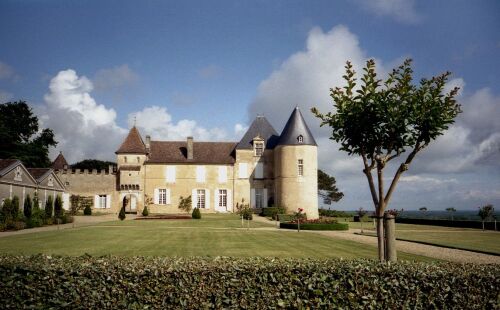
Air dried & desiccated
In this instance grapes are harvested as per normal, but instead of crushing and fermenting them straight away they are placed on wooden trays, or in baskets – or even hung up to dry like the washing. This process can take up to 6 months, but the result is that up to 40% of the grape mass is evaporated – the vast proportion of this being water. This can be accelerated by using large scale fans to circulate the air mass around the grapes. The result is not only juice that is significantly more concentrated but aromas and flavours (not unsurprisingly) of dried fruits.
The first country to develop and utilise this – and on a significant scale – was Italy. They call this procedure “passito”, or “apassimento” which may even appear on the label. One of the earliest and most famous examples (to this day) is the Veneto region of Valpolicella. The twist here is that grapes are dried to produce both dry red wines (amarone) and sweet red wine (recioto). The only difference is that the fermentation is stopped early (via chilling and filtration of the yeast) to make recioto, whilst it can be completed to make Amarone – but inevitably these dry wines will have a much higher alcohol level due to the increased level of sugar from the drying process. The same process is used in Tuscany to make Vin Santo (Holy Wine) where grapes are dried prior to crushing and fermentation to elevate the sugar levels and intensify the dried fruit character of the wines.
A very good example of this is the Castello di Querceto with bold notes of raisins, caramel, and baked apple.
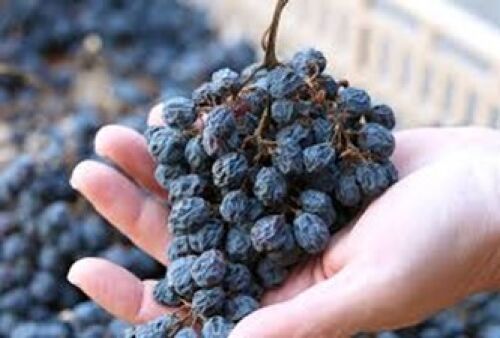
“Noble rotted” and shrivelled
Would you make wine from these? (image right)
Well someone did back in history because this is a completely natural process, which continues to this day. In certain areas and with certain (thinner skinned) grape varieties there is a natural mould – called “botrytis cinerea” (in all good Latin circles) - which forms on the skins of the ripe grapes and invades (through its root system) the juice inside without breaking open the skin. As most of what it consumes is water, it super concentrates the juice and raises sugar levels to incredibly high levels as part of the percentage volume of the juice. The ideal condition to produce this mould is a series of humid mornings and dry, sunny afternoons – so proximity to water, such as a river or lake, is useful to help promote this environment.
And the sweet wine it makes is simply wonderful – exotic and rich but never heavy with wonderful balance and texture - and notes of Seville Orange marmalade and honey. The most famous examples of this style of wine are found in Barsac and Sauternes in Bordeaux and Tokaj in northeast Hungary (Tokaji Aszú).
An excellent and very good value for money example is the Sauternes Château Villefranche
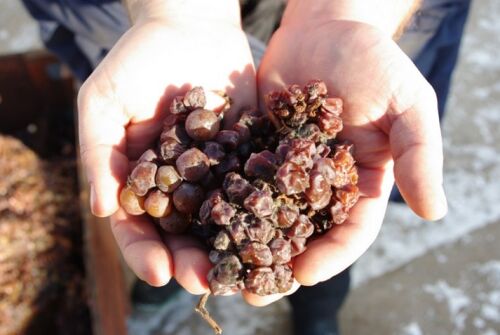
Frozen on the Vine
This intriguing production process again may have originally happened by accident. Quite obviously it evolved in wine growing areas which were/are prone to hard winters and where – at some point, some poor soul went out in the freezing cold to harvest the last remaining grapes hanging on the vine – no doubt convinced they were ruined – only to find that when pressed and fermented the most wonderful sweet wine resulted – by why is this so?
If you harvest grapes which are ripe but frozen the juice inside will consist mainly of two parts – one will be solid, frozen water and the rest unfrozen super concentrated juice (this is because the sugar element has a lower freezing point than the water part). If you crush them immediately the juice that runs out is super concentrated in flavour, acid, and sugar because there is no water dissolved in it to dilute this level of concentration. What remains is solid ice crystals which are discarded along with the skin. This results in an incredibly pure and refined sweet wine when fermented, with wonderful levels of acidity, balance and freshness.
The three great production areas of the world for this style are Germany, Austria and Canada. A brilliant example of this is from Helmut Lang, who is a specialist dessert winemaker based in Burgenland in Austria. His Eiswein from the Goldmuskateller grape is both exotic, spicy, and even tropical in aromas and flavours, not too sweet, with amazing levels of freshness and vitality.
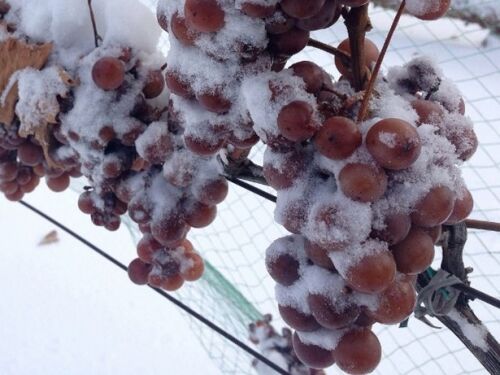
Fortifying to Stop Fermentation
An efficient and consistent way to make sweet wine is to start with late harvest and super ripe grapes and whilst roughly halfway through fermenting out to a dry table wine a large measure of high strength grape based spirit is added. The resultant level of alcohol is above the threshold that yeast can survive in, so they die leaving behind unfermented natural grape suage - and a sweet wine.
This is how Port is made but also the method used for several sweet wines - often called “Vin Doux Naturels” in the south of France. A classic example of this - and a red dessert wine - is the Domaine Bila-Haut from Banyuls - which lies in the Pyrenees close to the Spanish border and overlooking the Mediterranean. Made from Grenache, it exudes a savoury compote of red and black berries, spiciness, and dark chocolate.
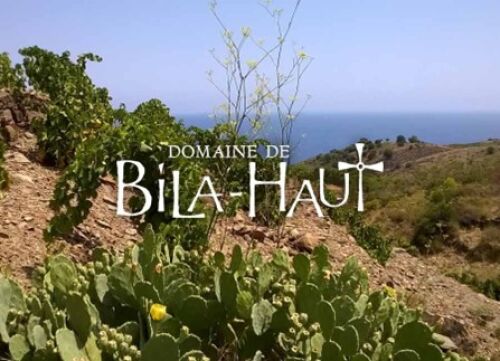
Twist in the Tale
And finally, an interesting, sweet wine diversion - a sweet sparkling wine - the Italian speciality Moscato d’Asti. Made around the famous old city of Asti in Piedmont (northwest Italy) from the highly aromatic and fruity Muscat grape, the juice is partially fermented in a pressurised stainless steel tanks before the wine is chilled and the yeast filtered out leaving behind a low alcohol (5.5% abv), gently sparkling, sweet (but not too sweet) wine with perfumed note of elderflower, peaches, and ripe pear. The perfect wine made to enjoy on the patio with a bowl of English summer strawberries! Do give this a try with the Alasia example below.
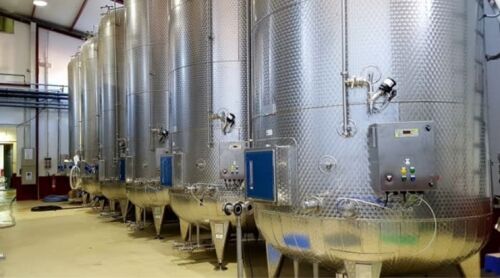
One other thing that links all these sweet wines described – and I am sure this will not come as a surprise – is that they are usually made in very small quantities and not necessarily in every vintage (especially noble rotted examples) given the vagaries of nature and the climatic “roll of the dice” required for the conditions to be ideal for their production.
But this is partly why they are so special and make for such an enjoyable drinking experience – so when best to indulge in these and with what? Traditionally sweet wines were made to accompany puddings and desserts, although the French traditionally like to drink these with richer starter dishes such as pâté. Two other important recommendations - please make sure the sweet wine is at least as sweet as your dessert, and always serve well chilled.
They also make a fine, sipping, drink, rather than a pudding if you feel full. And the good news is that you do not need to drink the whole bottle in one go – they last well and easily stored in the fridge for 3 -5 days. And many are available in ½ or 50cl bottle sizes, making them an affordable indulgence. This is also an important consideration when offering by the glass in a pub or restaurant - the shelf life is a great assist in reducing ullage.
Please give these a go - they are intoxicating! Here’s to an enjoyable summer!


